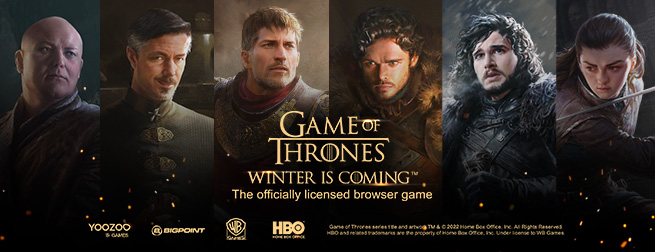-

0 -

22 -

853 -

1915
2826 plików
80,59 GB
 Foldery
Foldery Ostatnio pobierane pliki
Ostatnio pobierane pliki
- sortuj według:
- 17,3 MB
- 13 maj 13 7:30
zachomikowany
- 9,4 MB
- 13 maj 13 7:30
zachomikowany
- 28,5 MB
- 13 maj 13 7:30
zachomikowany
- 206 KB
- 13 maj 13 7:30
zachomikowany
- 20,0 MB
- 13 maj 13 7:30
zachomikowany
- 142 KB
- 13 maj 13 7:30
zachomikowany
- 44,5 MB
- 13 maj 13 7:30
zachomikowany
- 216 KB
- 13 maj 13 7:30
zachomikowany
- 12,0 MB
- 13 maj 13 7:30
zachomikowany
- 242 KB
- 13 maj 13 7:30
zachomikowany
- 94,5 MB
- 13 maj 13 7:30
zachomikowany
- 15,4 MB
- 13 maj 13 7:30
zachomikowany
- 150 KB
- 13 maj 13 7:30
zachomikowany
- 30,3 MB
- 13 maj 13 7:30
zachomikowany
- 112 KB
- 13 maj 13 7:30
zachomikowany
- 82,7 MB
- 13 maj 13 7:30
zachomikowany
- 143 KB
- 13 maj 13 7:30
zachomikowany
- 64,2 MB
- 13 maj 13 7:30
zachomikowany
- 138 KB
- 13 maj 13 7:30
zachomikowany
- 54,3 MB
- 13 maj 13 7:30
zachomikowany
-

526 -

590 -

22 -

0
1165 plików
28,37 GB
 Chomikowe rozmowy
Chomikowe rozmowy
 Zaprzyjaźnione i polecane chomiki (15)
Zaprzyjaźnione i polecane chomiki (15)























 Pokaż wszystkie
Pokaż wszystkie Pokaż ostatnie
Pokaż ostatnie











